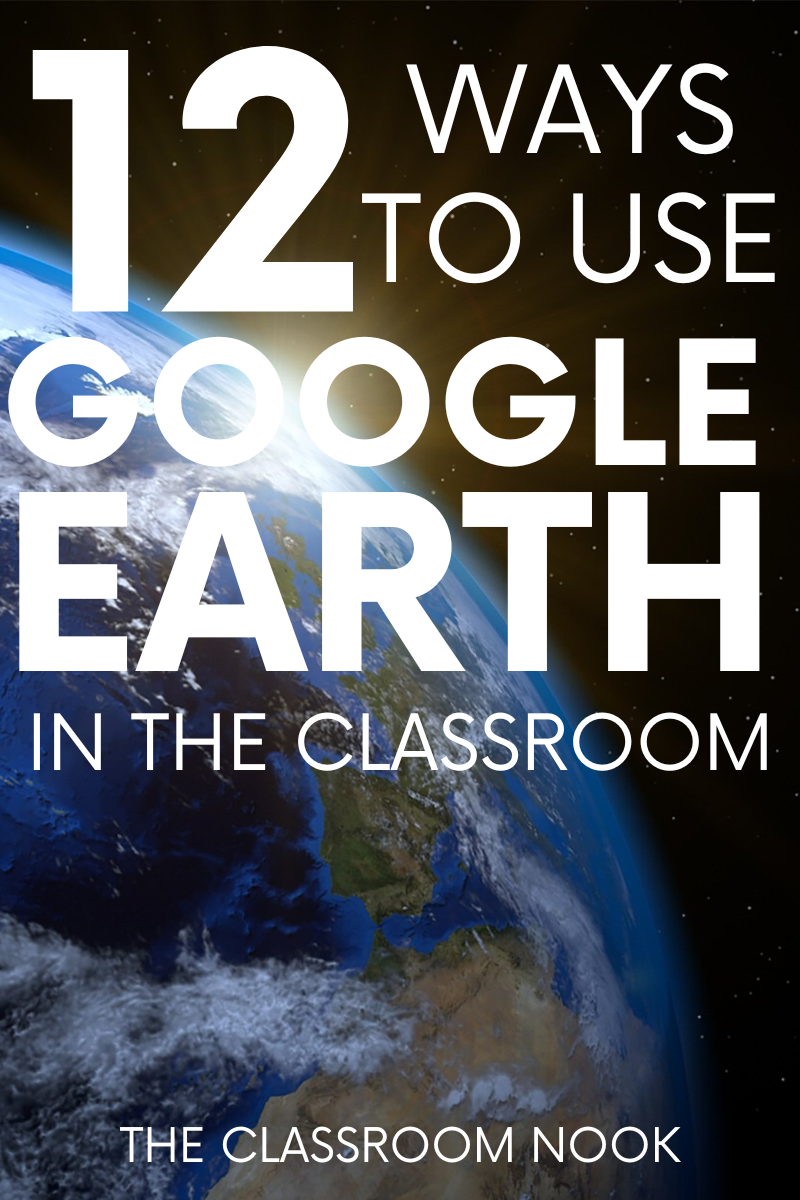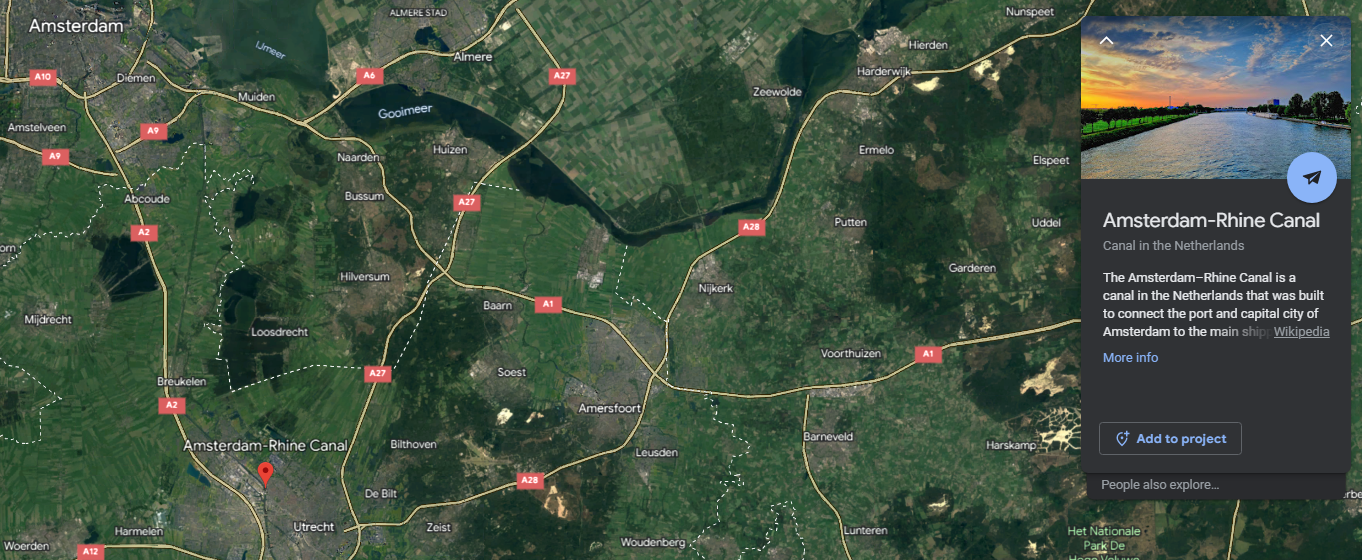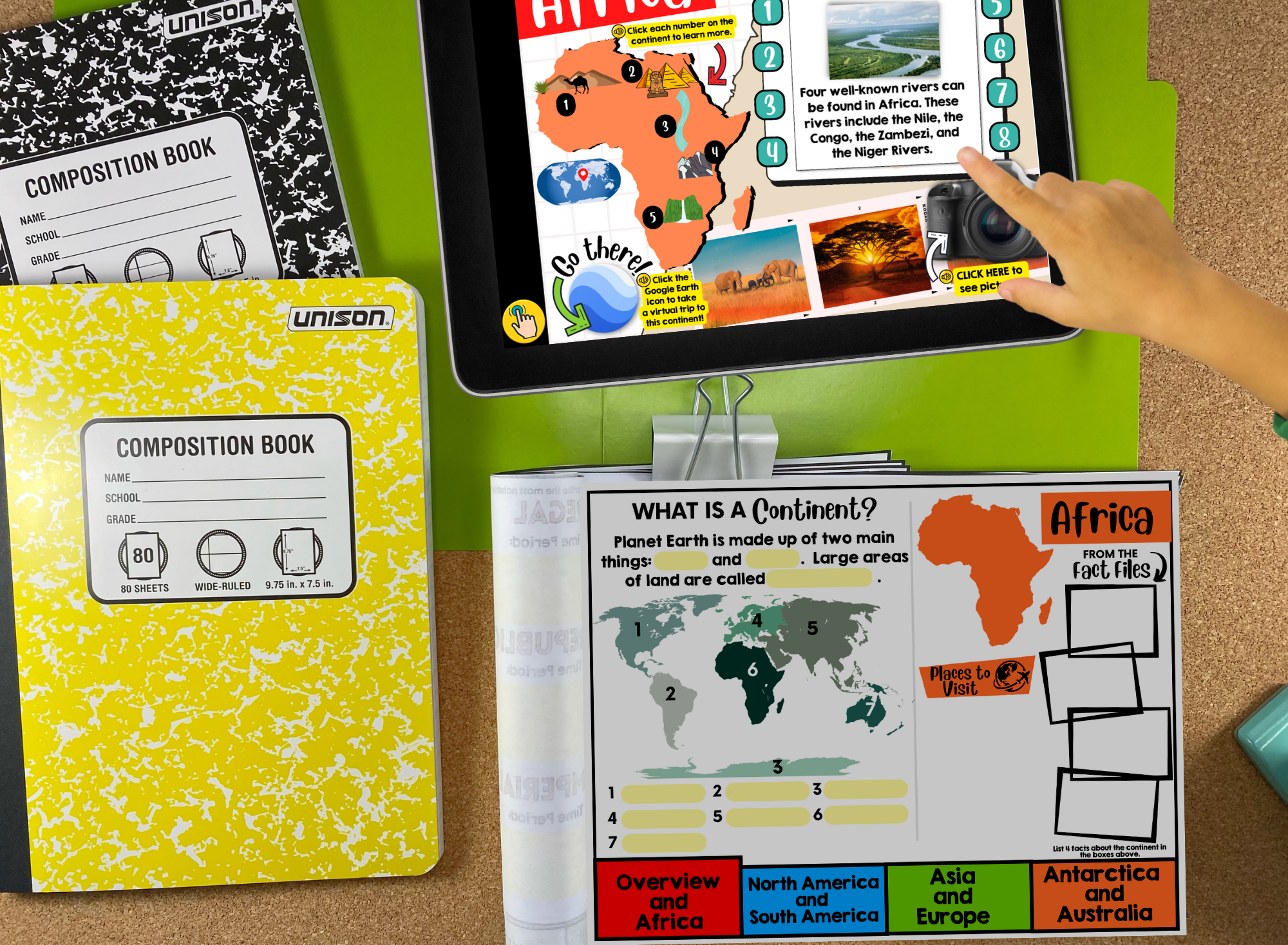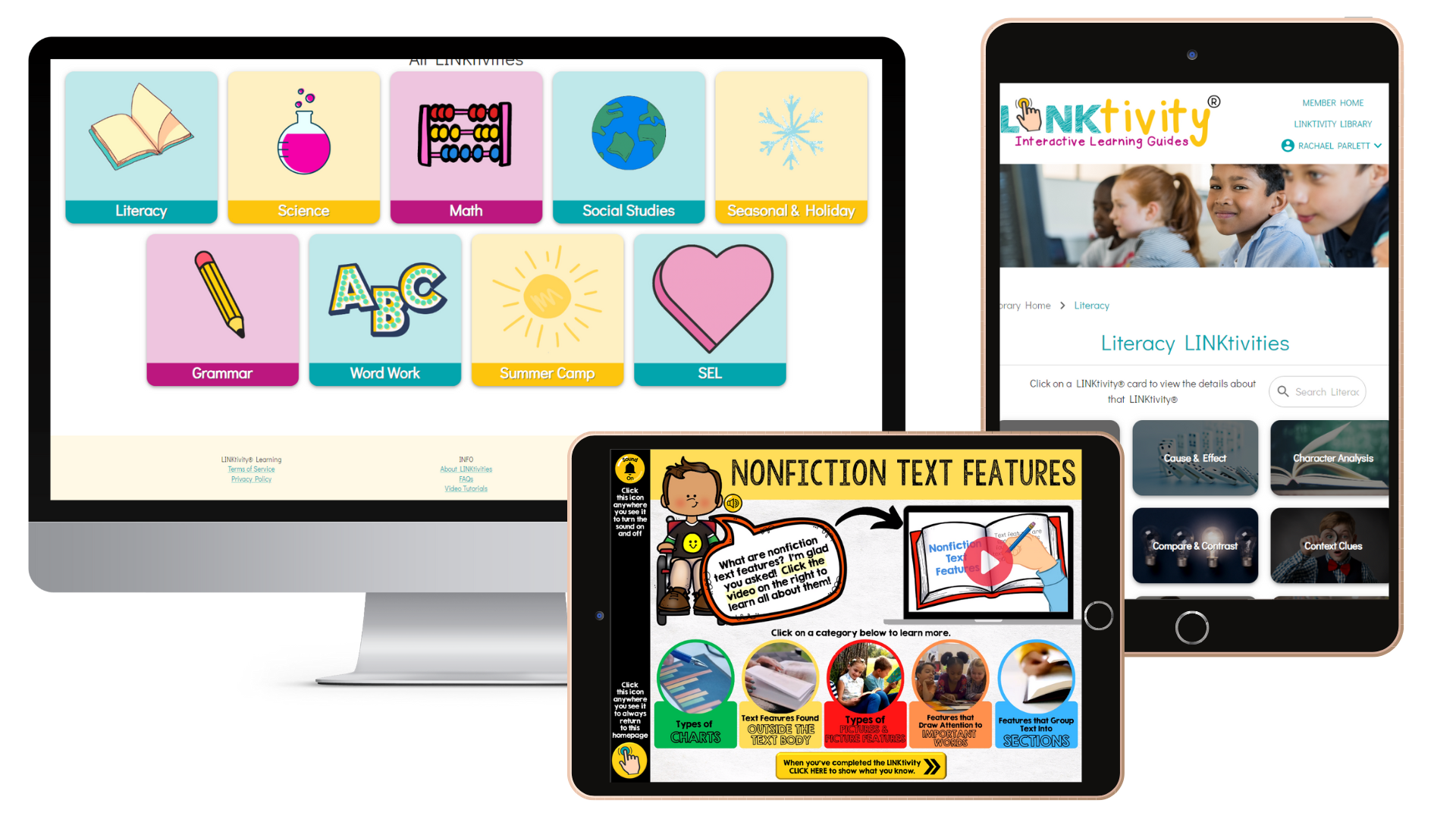12 Ways to Use Google Earth with Elementary Students
Looking to take your classroom on a thrilling adventure around the world without leaving your desk? Well, look no further than Google Earth!
This incredible tool is not only a fun and exciting way to explore the planet but it also provides countless educational opportunities for both students and teachers. From studying geography and history to exploring different cultures and ecosystems, the possibilities are endless.
So buckle up, grab your virtual passport, and let's take a ride through the digital globe to see how Google Earth can revolutionize the way you teach and learn!
A quick overview of Google Earth
Google Earth is like a magic carpet ride that takes your students on a virtual journey to explore the world without leaving your seat. It's like having a superpower that lets you zoom in on any location on the planet, from the peaks of the Himalayas to the depths of the Grand Canyon. And the best part? You don't have to deal with any pesky TSA lines or jet lag.
With Google Earth, you can travel to any destination, explore new cultures, and even take selfies with famous landmarks! The tool is used in various ways, from planning trips and navigating to discovering new places, to conducting research and education. In the classroom, teachers can use Google Earth to create interactive and engaging lessons that allow students to explore the world, learn about different cultures and landmarks, and practice language and research skills.
Using Google Earth in the classroom allows students to get up-close an personal with a location that they have not traveled to before. It offers a elevated perspective and gives students more context to a location you may already be talking about in class.
If you're brand new to Google Earth, check out this awesome tutorial by Teacher’s Tech.
Built-In Navigation Features of Google Earth
Google Earth has built in features that making using this tool easy and adventurous!
Voyager Feature
The Voyager feature (icon looks like a ship’s wheel) in Google Earth is like having a personal tour guide that takes you on a curated journey around the world. It's a collection of interactive stories and guided tours created by experts and storytellers from all over the globe. With Voyager, you can explore different themes, such as nature, history, culture, and more, and dive deeper into specific topics that interest you. For example, you can take a virtual tour how the Eiffel Tower was built, learn about the impact of climate change on our planet though a Google Earth time-lapse, or even discover hidden gems in your own neighborhood (seriously - put your school into Google Earth!).
There are even fun games in the Voyager feature like “Where on Google Earth is Carmen Sandiego?”. The Voyager feature is a fantastic way to discover new places and learn about the world in a fun and engaging way.
Since the Google Earth has done all the work for you in Voyager, you could easily have students explore this feature as a fast finisher, or as an extension to something you might already be learning about.
“I’m feeling Lucky” Feature
Have a few extra minutes before a transition in your day? Try out the “I’m Feeling Lucky” feature (icon looks like a die)! It's a fun and easy way to discover new and exciting places around the world that you may not have otherwise thought to explore. With the dice feature, you simply click on the dice icon in the top menu, and Google Earth will transport you to a random location somewhere on the planet. You never know where you'll end up, whether it's a remote island in the Pacific Ocean or a bustling city in Europe. It's a great way to feed your wanderlust and explore the world in a new and spontaneous way. So, the next time you're feeling adventurous and don't know where to go, just roll the virtual dice in Google Earth and see where it takes you.
Projects Feature
Google Earth's Projects feature is like having a personal map-making tool that allows you to create custom maps and virtual field trips with your own content. With Projects, you can add markers, lines, shapes, photos, videos, and more to your map to create a personalized guide or itinerary for any place you’d like to have students explore.
With the Projects feature, simply type in the location(s) you’d like students to be able to explore and create a guided tour for them.
Projects can be saved and shared with others, allowing you to collaborate with other teachers or students on map-making projects. The Projects feature in Google Earth is a great way to enhance your presentations or lesson plans with interactive maps.
How I Use Google Earth in the Classroom
I absolutely love infusing Google Earth into learning as often as possible. Specifically, we use Google Earth regularly as part of our LINKtivity Interactive Learning Guide.
In fact, we use geography and Google Earth as a way to make grammar more interactive and fun, because, let’s be honest, grammar on it’s own is NOT fun.
In our LINKtivity series: Geo-Grammar, students learn about a new grammar skill all while traveling to a new location around the world.
In our Nouns Geo-Grammar LINKtivity, for example, students travel to Egypt, exploring the pyramids, the Nile River and other places while they study nouns. As part of their exploration, students take a virtual trip, using Google Earth, to make the whole experience more fun!
We’ve also included a Google Earth exploration as part of our Continents LINKtivity! As students travel to each continent, they explore major landmarks and cities located on each continent using a curated Google Earth Project.
Want access to our Google Earth— Infused LINKtivities?
…Plus our ENTIRE growing library of LINKtivities? Check LINKtivity Learning, your all-access pass to engage digital resources that make learning fun!
Wondering how YOU can use Google Earth with your Students? Here are a few ideas to get your creative juices flowing:
Geography lessons: Instead of just reading about different parts of the world, why not let your students explore them like they're in a video game? With Google Earth, they can fly around the world, discover new cultures, and take a selfie with the Eiffel Tower. You can even create a scavenger hunt where students need to find different landmarks and culture specific locations.
History lessons: Want to make history class more exciting? Have your students use Google Earth to explore historical sites and landmarks as if they were time travelers. They can pretend they're visiting ancient Egypt or walking the streets of Medieval Europe. Let them explore the ancient city of Rome and discover the Colosseum, the Pantheon, and other famous landmarks. Just make sure they don't accidentally step on any butterflies and change the course of history.
Science lessons: Boring science class? Not anymore! With Google Earth, your students can explore different parts of the world and learn about different ecosystems and habitats as if they were in a nature documentary. They can even pretend they're a scientist on a jungle safari or a deep-sea diver exploring the ocean. Create a challenge where they need to find different types of plants, animals and habitats.
Language classes: Want to make language classes more fun? Have your students use Google Earth to explore different parts of the world and practice their language skills as if they were on a foreign vacation. They can pretend they're ordering a pizza in Italy or haggling for souvenirs in Morocco. Create a role-playing activity where they need to navigate through a city or village in a foreign country and interact with the locals using their language skills.
Research projects: Research projects can be tedious but with Google Earth, it's like a treasure hunt! Your students can gather information about a specific location and pretend they're detectives solving a mystery. They can find clues, piece together information, and finally solve the case. You can assign them to research about a specific location and have them present their findings to the class.
Writing prompts: Use Google Earth to inspire your students' writing by having them describe a location or write a story about a place they've "visited."
Art lessons: Use Google Earth to inspire your students' art projects. They can draw or paint a landscape, a building, or a cultural artifact that they've seen on Google Earth.
Community connections: Use Google Earth to help your students explore their local community. They can learn about local landmarks, parks, and businesses, and create a map of their community.
Cultural diversity: Use Google Earth to teach your students about different cultures and traditions around the world. They can explore different cultural landmarks and learn about traditional clothing, food, and customs.
Environmental education: Use Google Earth to teach your students about environmental issues and sustainability. They can explore the effects of climate change, deforestation, and pollution on different parts of the world.
Current events: Use Google Earth to help your students understand current events and news stories. They can explore locations where events are taking place, and learn about the history and context of those locations.
Collaborative projects: Use Google Earth to facilitate collaborative projects and group activities. Your students can work together to create maps, research different locations, and plan virtual field trips.
Are your students brand new to Google Earth? Check out this kid-friendly video tutorial that I made to help teach students how to navigate using Google Earth:
Google Earth is a versatile tool that can be used in a variety of ways in the classroom. It allows your students to explore the world and learn about different cultures, landmarks, and physical features. It can also be used to explore historical sites and landmarks, learn about different ecosystems and habitats and even practice language skills. It's a great way to make learning more interactive and engaging for your students. So, next time you're planning your lesson, don't be afraid to spice things up and use Google Earth to make learning a blast for your students. Happy exploring!







